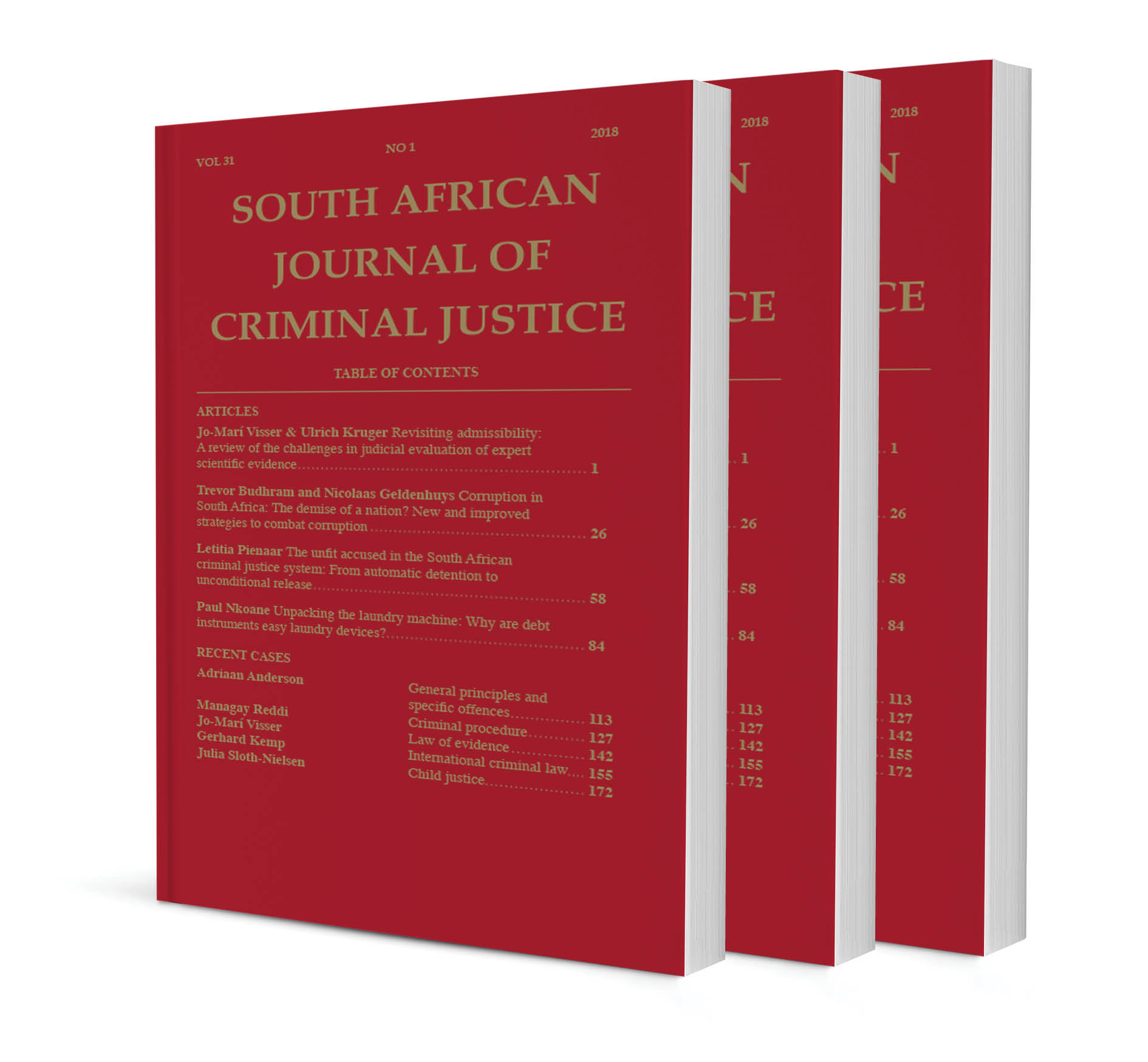
Mixing old and new wisdom for the protection of image-based sexual abuse victims
Author: BN Martin
ISSN: 1996-2118
Affiliations: LLB (UFS) LLM, Lecturer in Law, School of Law, University of the Witwatersrand
Source: South African Journal of Criminal Justice, Volume 35 Issue 3, p. 307 – 330
https://doi.org/10.47348/SACJ/v35/i3a2
Abstract
Image-based sexual abuse, more popularly but inadequately referred to as ‘revenge porn’, has emerged as a prolific modern-day plague. This author asserts that, in light of its impact and severity, the criminal law, as opposed to private law remedies, is the preferable legal response to image-based sexual abuse (IBSA). Thus, it is commendable that South African lawmakers have responded to IBSA with criminal sanctions, specifically targeting this phenomenon through s 18F of the Films and Publications Amendment Act 11 of 2019 and s 16 of the Cybercrimes Act 19 of 2020. Despite having two acts responding to one problem, these new legislative additions mix admirably with the existing offence of crimen injuria in providing adequate protection for victims of IBSA in South Africa. Where the broadly defined offence of crimen injuria lacks detail, s 18F and s 16 provide more precision. Section 18F and s 16, although not without internal issues, clarify the extent of unlawful conduct, provide clear penalty guidelines, highlight the intolerable nature of IBSA and offer additional support measures to victims of IBSA through protective orders. However, while advantageous, these legislative additions may not respond effectively to all cases of IBSA, especially when s 18F and s 16 are overly restrictive in application. Where the perpetration of IBSA warrants a harsher penalty than what is stipulated in both Acts or where IBSA subtly evades the protection of both Acts, the offence of crimen injuria provides a flexible alternative. It is this mutually supportive interplay that validates the assertion that South African law does provide adequately for victims of IBSA.